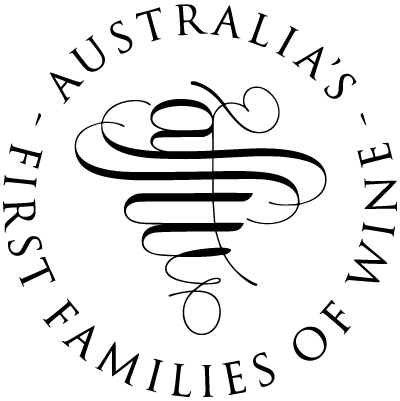It is difficult to talk about the 'Eric Stevens Purbrick' reds without talking about the man and the history behind them.
Founded in 1860 by a group of Melbourne businessmen (including John Pinney Bear), by 1925 Tahbilk was solely in the Bear family's hands. For a number of reasons beyond their control, the fortunes of the Estate at that time were in decline.
Enter my family: great-grandfather Reginald Purbrick purchased Tahbilk from the Bear family with a plan to subdivide into dairy farms. Fortuitously he was convinced by grandfather Eric to continue operating Tahbilk as a winery. Eric was then handed the reins in 1931, a role that continued for over 45 vintages prior to handing the role to myself after the 1978 vintage.
Eric remained a strong influence on the direction of Tahbilk until his passing in 1991.
One of the first to place his faith in the future of Australian table wines, Eric was at the forefront of varietal labelling in Australia ; but perhaps his greatest legacy was to create the 'Special Bin' range of reds, beginning with a Shiraz in 1948. Selected from the most outstanding casks produced on the Estate from a particular vintage, these wines became known as "Reserve" in 1985.
From 2002 they fittingly carry his name and signature: 'Eric Stevens Purbrick'.
And so, a new legacy with its roots firmly planted in the history of the Estate was born.
Cheers,
Alister Purbrick | 4th Generation
“You can taste a character of place and feel the voices of the past. These impressive and beautifully crafted wines are wonderful expressions of Australian terroir.”
Andrew Calliard MW ~ Australian Gourmet Traveller Wine
Enjoy Now to 2034/2038
True to its celebrated heritage, this is an impressive wine of great depth and character.
Warm, dark fruits are interwoven with eucalypt and dried herbs, sweet spice notes, a dash of black olive and cedary French oak. Expected tannins sit supportively on a finish that is like the horizon never met … going on forever.
Cellaring potential out to 2034/2038 is a given and this notable wine is appropriately presented under a replica Tahbilk 1870s label.
“This is definitely about a taste of tradition, of measured oak, of ripe fruit allowed to fully express, and a sense of place in the earthy, dusty savouriness. This is no power cabernet. Aromas of the Aussie bush, sage, baked earth, light herbals and violets. A warm, inviting palate of dark chocolate and spice, finishing with firm tannins. Elegant and enticing now, but save some for later.”
Jeni Port | www.winecompanion.com.au
DOWNLOAD TASTING NOTE





